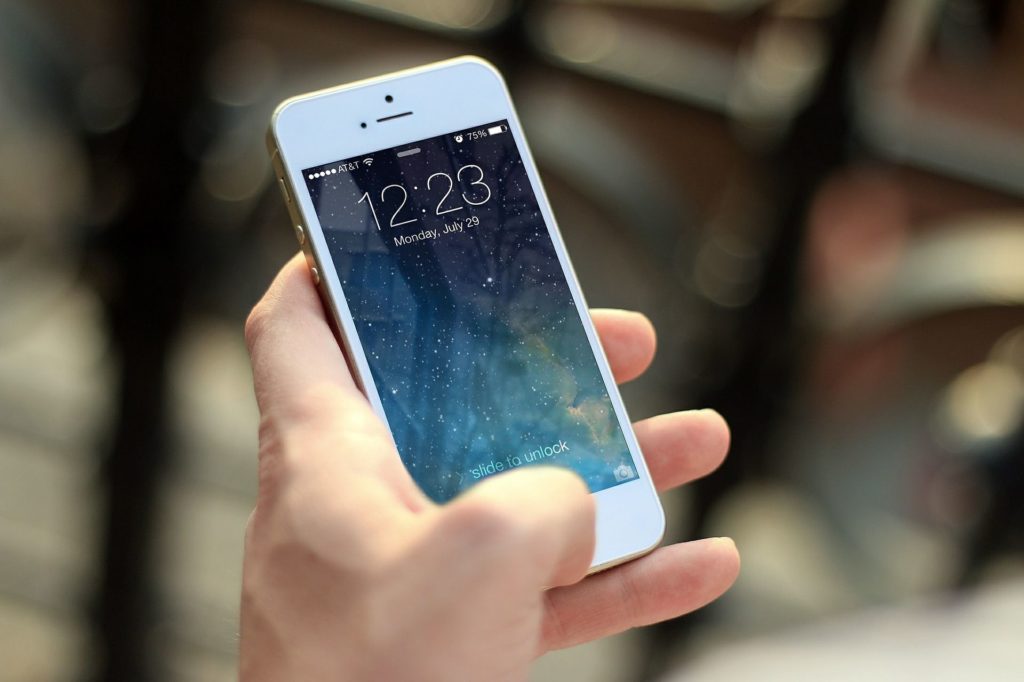iPhone Update: COVID-19 Face Mask Detection and Contact Tracing

Major tech companies are always on the lookout for ways to add new features to their products and/or services. In its recent 13.5 OS release for iPhone and iPad products, Apple incorporated a new feature designed to help users with contact tracing in the event they contract COVID-19. In this article, we will outline how […]
A New iPhone Bug Allows Anyone Access to Private Photos

If you downloaded Apple’s latest iOS to fix last month’s passcode vulnerability for the iPhone, you’ll be dismayed to learn that another security flaw has recently been discovered in the latest iOS version, 12.0.1. Read on to learn more about this latest vulnerability, whether or not a solution has been issued by Apple, and what […]

